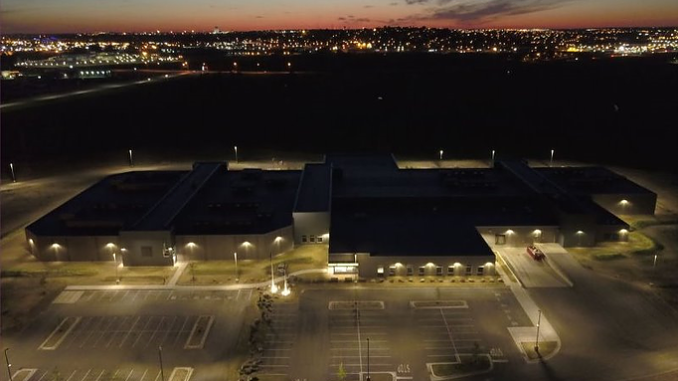
A few days ago the Bismarck Tribune published an article on sheriff’s around North Dakota being concerned about recent reforms by the North Dakota Legislature. The purpose of the reforms were to reduce the number of people being sent to prison. Among them were changes to drug laws regarding first time offenders (reducing the penalty from a Class C felony to a Class A misdemeanor) and mandatory minimums.
As part of the article, the Bismarck Tribune identified Burleigh County Sheriff Pat Heinert – who also happens to be a state representative from District 32 – as one “who is concerned about more drug offenders being sentenced to his jail under the new laws”.
What it boils down to is that sheriff’s like Heinert are concerned that with reducing penalties and sending less offenders to prison, that counties will bear the burden of incarceration in the local jails– with many of those incarcerated being non-violent drug offenders.
The concern of these sheriff’s could certainly become a reality, but it will only be so if counties continue to pursue penalties that require jail time. This is a fact actually pointed out by Department of Corrections and Rehabilitation Director Leann Bertsch:
“If a prosecutor wants someone to serve a certain amount of time, they’ll charge differently and recommend sentences differently. It won’t be so dependent on just what the Legislature did.”
In a nutshell, counties need to change their thinking in regards to how they handle these situations, which is something Bertsch reiterated:
“They just need to change their philosophy. The fact of the matter is they’ll have a lot more money if they start funding alternatives.”
In a recent letter to the President’s Commission on Combating Drug Addiction and the Opioid Crisis, the Pew Charitable Trust cites evidence from recent research that high incarceration rates are not linked to a reduction in drug use.
This is an important finding. Why? Because nearly 50% of the nation’s prison population are nonviolent drug offenders. And get this– according to the Bureau of Justice Statistics, in 1970 there were about 200,000 incarcerated in the entire United States. By 2014 that number had risen to 2.2 million people.
Does anyone want to guess what parallels the increase? In 1971 President Richard Nixon declared the War on Drugs. And its been an epic – and expensive – failure ever since.
I find it interesting that Burleigh County Sheriff Pat Heinert was referenced in the aforementioned Bismarck Tribune article. Why? Because Burleigh County – together with its neighbor Morton County – recently opened a $70 million detention center. This 213,000 square foot building can hold 525 inmates– with the potential for expansion to 1,000.
If the state of North Dakota and its sheriff’s are truly interested in reducing costs at both state and local levels, then perhaps it’s time to stop incarcerating nonviolent drug offenders. These folks need help, not prison. Then maybe we can stop building $70 million detention centers at the expense of taxpayers too.
Sources:
1. http://bismarcktribune.com/news/state-and-regional/criminal-justice-reforms-have-sheriffs-worried/article_5ff664bb-4724-5f36-99b8-d38cb561b706.html
2. http://www.kfyrtv.com/content/news/All-Morton-County-jail-inmates-transferred-to-new-combined-detention-center–428033053.html
3. http://cumberlink.com/news/local/closer_look/digital_data/beyond-bars-the-economic-impacts-of-the-criminal-justice-system/article_a3726fe1-7eb0-5936-956f-c2eeefdbae08.html
4. http://www.goodtherapy.org/blog/report-incarceration-does-not-affect-drug-abuse-or-overdose-rates-0706171


